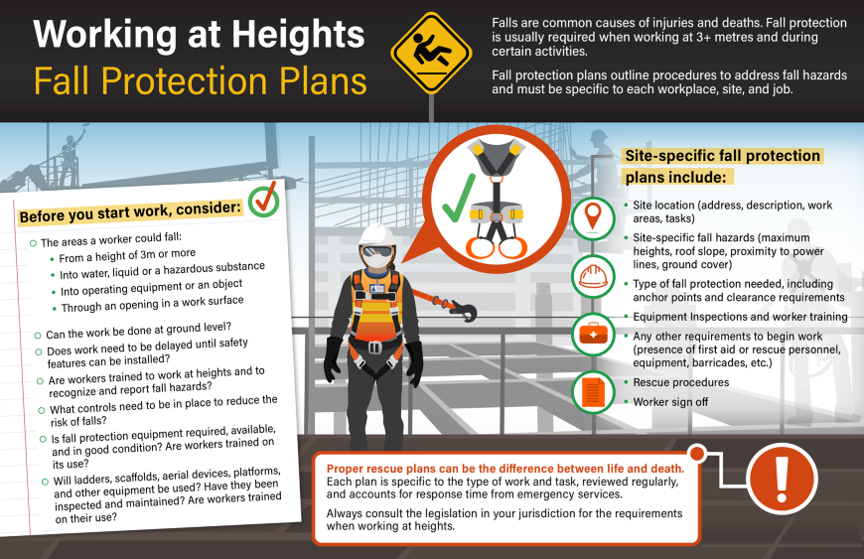Food manufacturing has one of the highest incidences of injury and illness among all industries; animal slaughtering plants have the highest incidence among all food manufacturing industries. (BLS 2008).As the Bureau of Labor Statistics points out, workers in the food manufacturing industry link farmers and other agricultural products with consumers. They do this by processing raw fruits, vegetables, grains, meats, and dairy products into finished goods ready for the grocer or wholesaler to sell to households, restaurants, or institutional food services. Food manufacturing workers perform tasks as varied as the many foods we eat. For example, they slaughter, dress, and cut meat or poultry; process milk, cheese, and other dairy products; can and preserve fruits, vegetables, and frozen specialties; manufacture flour, cereal, pet foods, and other grain mill products; make bread, cookies, cakes, and other bakery products; manufacture sugar and candy and other confectionery products; process shortening, margarine, and other fats and oils; and prepare packaged seafood, coffee, potato and corn chips, and peanut butter. Although this list is long, it is not exhaustive: Food manufacturing workers also play a part in delivering numerous other food products to our tables.Quality control and quality assurance (QC & QA) are vital to this industry. The U.S. Department of Agriculture’s (USDA) Food Safety and Inspection Service branch oversees all aspects of food manufacturing.
In addition, other food safety programs have been adopted recently as issues of chemical contamination and the growing number of new food-borne pathogens remains a public health concern. For example, by applying science-based controls from raw materials to finished products, a food safety program called Hazard Analysis and Critical Control Point (HACCP) focuses on identifying hazards and preventing them from contaminating food in early stages of meat processing (BLS 2008).
HACCP is an evaluation system to identify, monitor, and control contamination risks in food manufacturing establishments. Note that General Mills, one of the leaders in HACCP implementation, defines a “critical hazard” as an imminent health hazard or a guest dissatisfaction. Since incorporating this system totally into its operations, General Mills has increased food quality substantially.

Contents
Preface vii
1 Introduction 1
Nature of the Industry 2
Farm-to-Fork Continuum: Agriculture 4
Food Manufacturing Working Conditions 8
Food Manufacturing Employment 9
Occupations in the Food Manufacturing Industry 10
Food Manufacturing Training 14
References and Recommended Reading 15
2 The OSH Act and Food Manufacturing 17
Occupational Safety and Health Act (1970) 18
OSHA Regulations/Standards 20
What Is a State OSHA Program? 21
Title 29 CFR 21
The Bottom Line on OSHA Compliance 25
References and Recommended Reading 26
3 Hazards in the Meatpacking Industry 27
Nature of the Meatpacking Industry 27
Potential Hazards 28
The Meatpacking Industry and OSHA 31
Employer and Employee Responsibilities 32
Hazard Control Methods 33
Administrative Requirements/Practices 36
References and Recommended Reading 40
4 Hazards in the Poultry Processing Industry 41
Nature of the Poultry Industry 41
Poultry Processing Procedures and Hazards 43
Safe Work Practices in the Poultry Industry 68
References and Recommended Reading 75
5 Preserved Fruits and Vegetables Industry 77
Nature of the Industry 77
Fruit and Vegetable Preservation Process 79
Example Process: Canning Whole Tomatoes 84
Dehydrated Fruits and Vegetables 86
Worker Safety and Health Concerns 87
References and Recommended Reading 91
6 The Food Flavorings Industry and Popcorn Workers’ Lung 93
Flavoring Substances and Compounded Flavors 94
Workers Who Use or Make Flavoring 94
OSHA Compliance Standards: Flavorings Industry 100
Safe Work Practices for the Flavorings Industry 100
References and Recommended Reading 107
7 Radiation Usage in the Food Industry 109
Nature of the Food Irradiation Industry 109
Food Irradiation Processes 110
Potential for Radiation Exposure 112
Regulatory Agencies: Food Irradiation and Facility Safety 112
Ionizing Radiation Protection and Safety 114
Radiation Accidents at Industrial Irradiation Facilities 116
References and Recommended Reading 118
8 Ergonomics and Food Manufacturing 121
Ergonomics: Key Terms 123
Cumulative Trauma Disorders 124
Ergonomic Solutions 126
References and Recommended Reading 129
9 Food Manufacturing and Spanish-Speaking Workers 131
Success with Hispanic Outreach 131
OSHA Programs to Help Hispanic Workers 133
English to Spanish OSHA Dictionary 135
References and Recommended Reading 143
10 OSHA Standards, Self-Inspection, and Training 145
OSHA Standards 145
Overview of General Industry Standards 149
Self-Inspection 160
Self-Inspection Scope 162
Self-Inspection Checklists 163
Safety and Health Training 193
References and Recommended Reading 198
Appendix A: Programas de OSHA para Ayudar al Trabajador Hispano 201
Index 205
About the Authors 209




